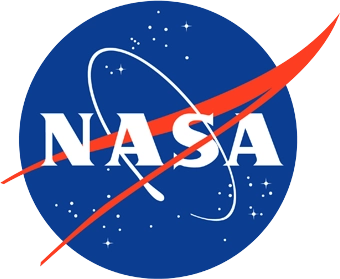Poshan Belbase is a space physicist, data analyst and machine learning researcher with expertise in planetary ionospheres, magnetospheric dynamics, and solar-terrestrial interactions. His work focuses on applying deep learning and advanced statistical techniques to analyze complex time series data from solar and space observations, including research on the Martian space environment. Before transitioning fully into research, Belbase spent three years teaching high school physics, an experience that shaped their strong foundation in science education and communication.
Poshan Belbase
(Student Researcher)
| Email: | poshan.belbase@nasa.gov |
| Org Code: | 695 |
| Address: |
NASA/GSFC Mail Code 695 Greenbelt, MD 20771 |
| Employer: | CATHOLIC UNIV OF AMERICA |
Brief Bio
Research Interests
Space Physics
Heliophysics: Earth's Magnetosphere"Conduct in-depth analysis of the dynamic interactions between the solar wind and the Earth's and other planet's magnetosphere."
Current Projects
Automated Identification of the KH instabilities at Martian environment.
Mars
This study presents an automated approach for detecting Kelvin-Helmholtz (KH) instabilities at the boundary of Mars' induced magnetosphere. Using time series data from MAVEN observations, a machine learning model is trained to identify the characteristic wave signatures of KH events. The method enables large-scale, efficient analysis of boundary dynamics critical to understanding solar wind–planet interactions at Mars.
Construction of Solar Proxy Indices Back to the 1800s for Investigating Historical Geomagnetic Storms
Earth
This study employs machine learning techniques to extend key solar proxy indices back to the early 1800s. These constructed proxies enable a more accurate investigation of historical geomagnetic storms. The extended dataset supports retrospective space weather modeling and improves our understanding of past solar-terrestrial interactions.
Comprehensive Statistical Analysis of 3-Second ULF Waves in Earth's Foreshock Region
Earth
This study presents a detailed statistical analysis of ultra-low frequency (ULF) waves with ~3-second periodicity observed in Earth’s foreshock region. Using high-resolution MMS data, we examine wave occurrence, amplitude distributions, and spectral characteristics. The results provide new insights into wave-particle interactions and upstream solar wind dynamics influencing foreshock structures.
Positions/Employment
Graduate Research Assistant
The Catholic University Of America - 620 Michigan Ave NE, Washington, DC 20064
2024 - Present
Education
- Ph.D in Physics(2023-current)
The Catholic University of America
- M. Sc. in Physics
Tribhuvan Universiry
- B.Sc. in Physics
Tribhuvan University
Professional Societies
American Geophysical Union
Member
2023 - Present
